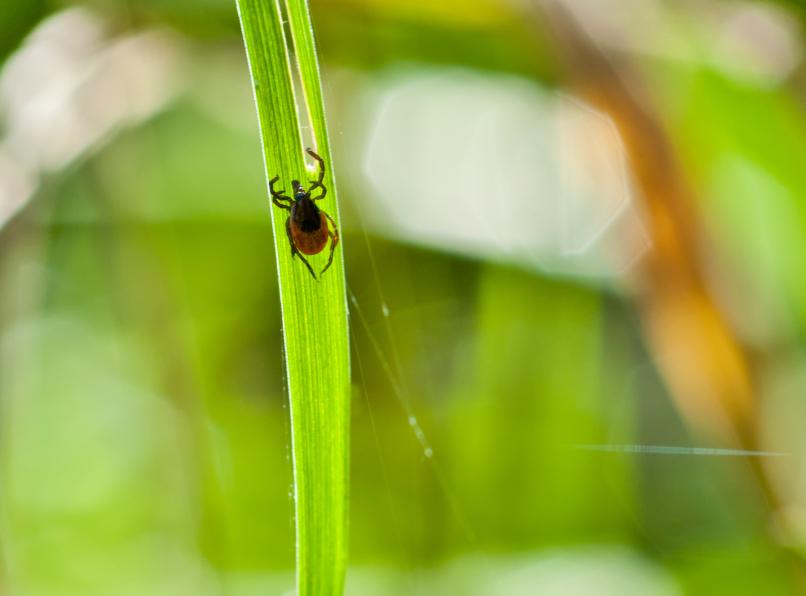Lyme Disease & Tick Testing
Lyme Disease & Tick Testing
The incidence of Lyme Disease in San Mateo County is very low.
There were 24 reported cases from 1991 to 1999, ranging from 1 to 4 cases each year. Compare this number to over 9,000 to 16,000 nationwide cases reported each year during the same time period.
The microorganism that causes Lyme Disease (Borrelia burgdorferi) is not common among ticks in San Mateo County. Young ticks, or nymphs, are more likely than adults to be infected; the nymphs often clear the infection by the time they reach adulthood.
There are several kinds of ticks in San Mateo County. Not all kinds of ticks can transmit Lyme disease. Having your tick identified is an important step (see information below).
The San Mateo County Mosquito and Vector Control District conducts annual tick collection and testing at popular hiking trails throughout the County. SMCMVCD regularly finds that less than 5% of ticks collected in San Mateo County carry the Lyme disease bacteria.
Even if you are bitten by an infected tick, it’s difficult to get Lyme Disease. The tick must be feeding on you for 24 to 48 hours to effectively transfer the microorganism from its stomach to your body.
If you find a tick attached to you or your pet, don’t panic. Carefully remove and save the tick.
If you would like to have the tick tested, please contact the County of Santa Clara Public Health Laboratory at (408) 885-4272 or visit their website for more information (San Mateo County’s Public Health Lab does not offer tick testing).
Removing and Storing Your Tick
If you find a tick attached to you or your pet, don’t panic. Carefully remove and save the tick for identification and testing. Follow these instructions:
Tick Removal: Grasp the tick with tweezers as close to your skin as possible. Gently pull the tick straight upward from the skin — no twisting or unscrewing. Do not attempt removal by using nail polish remover, kerosene, or Vaseline.
Tick Identification & Testing
Tick Storage: The tick must be kept moist. Place the tick in a small container with 1 or 2 drops of water or saline solution. A small piece of damp cotton or tissue inside the container also works. Do not use other liquids such as alcohol or formaldehyde solutions, since the tick may absorb it and explode, making it impossible to test.
Tick identification and testing: Bring the tick to the Santa Clara County Public Health Laboratory (Mon – Fri, between 8 a.m. to 5 p.m.), located at 2220 Moorpark Avenue, 2nd Floor, San Jose, CA 95128. Please call the laboratory at (408) 885-4272 for current pricing. Only cash, checks, and money orders are accepted.
When dropping off a tick specimen, please provide us with contact information, location of tick bite, and duration of tick contact. Your tick must first be identified to determine if it is the Western Black-legged Tick, the species that transmits Lyme Disease. If so, the next step will be to test for the presence of Borrelia burgdorferi, the micro-organism that causes Lyme Disease, in the tick’s stomach. The tick must be intact in order for this test to be performed.
Tick identification only: San Mateo County Mosquito & Vector Control District (SMCMVCD), located at 1351 Rollins Rd, Burlingame also performs tick identification but does not perform testing related to bites. To contact SMCMVCD, call (650) 344-8592. There is no fee for tick identification.
